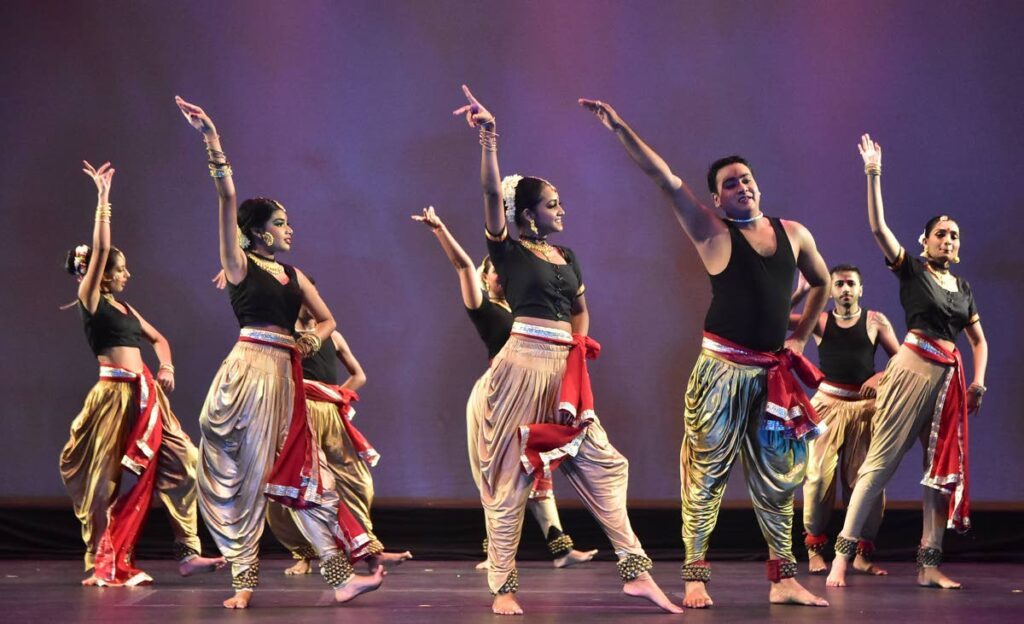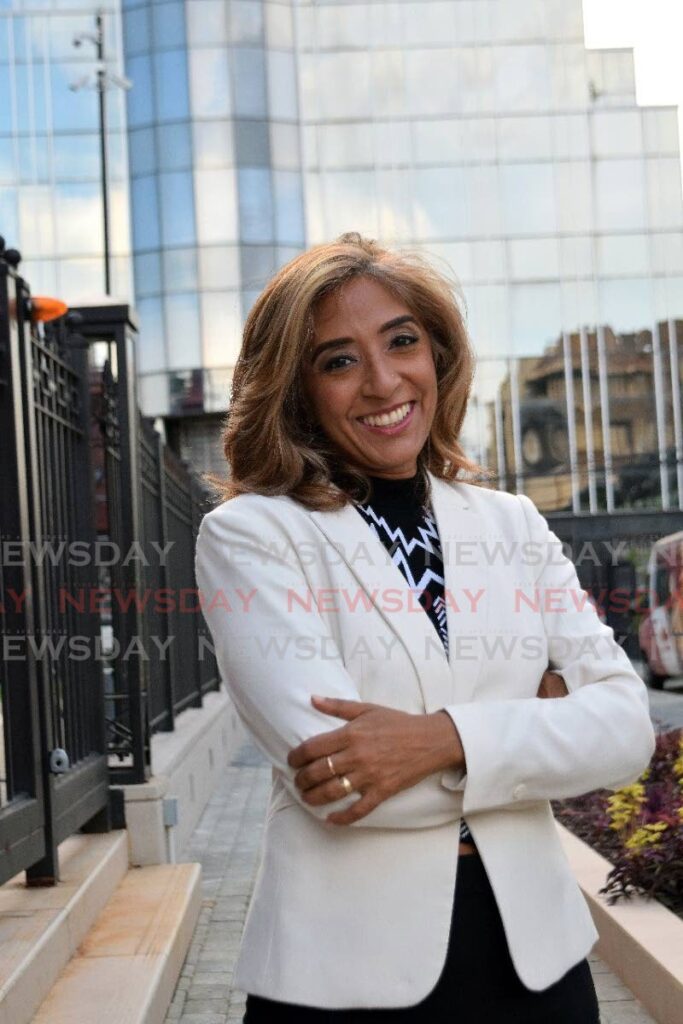Indian dance and Caribbean connection

Dr Gabrielle Jamela Hosein
DANCE IS a language that can be powerful, evocative, complex, and beautiful.
Jagran is a night of Indian dance, both classical and folk, staged by Dr Sat Balkaransingh and the Kathak Kala Sagram. Watching the show, which will be performed again at SAPA on September 23 at 7 pm, I was struck by how little Caribbean theorists understand Indian cultural practices as creole, meaning both India-descended and yet fundamentally of the region.
Few Caribbean scholars who are not Indo-Caribbean pay attention to what Indian arts, whether music, costuming, theatre, or dance, say about existing here together. Even Caribbean dance experts may not have Indian dancers' histories and performative languages on their radar, and therefore miss how much is said about belonging through these aesthetic forms.
I’m not referring to brilliant crossover collaborations, such as by Mungal Patesar whose music is included in the show, where the mix of Indian, African (and other) rhythms, dress, melodies, and movements makes something appear both more inclusive and homegrown, and more greatly expressive of regional belonging.
Indian arts are still mainly considered (by both Indians and Africans) to be about India and for Indians in the Caribbean. Yet, within the realm of Indian classical and folk dance, so much is said about what it means to call these islands home that is broadly relevant to us all. That it is delivered in the languages of Indian dance make it less immediately familiar to some, but no less capable of speaking across difference to shared experience.
I think this has been both missed and misunderstood in much of Caribbean scholarship and in teaching of Caribbean arts where Indian dance and music become visible and comprehensible as national when they are "mixed," both douglarising and becoming douglarised, thus replacing a narrative of purity with one of inclusivity and becoming more Caribbean (and modern) by being less Indian.

Jagran contests this. Much stands out about the show that is captivating and unique, both the musical direction and the gorgeous costuming; the white, orange and green, black and gold, and red also speaking symbolically.
The show opens with music from the album, Ravi Shankar in the Kremlin, and with salutations to God in gestures representative of Islam, Christianity, Buddhism, Orisha, First Peoples, and Hinduism.
The morning raag by Sachin Boodram on violin and Anup Ramsundar on tabla was exquisite. The folk songs by the iconic Rukmini Holas Beepath, with accompaniment which included Ranjan Singh on dholak, Dion Dookie on harmonium and vocals, and Anelia Baijoo as vocal backup, brought the biraha and Phagwa traditions of rural life to the high arts space of a seated auditorium, and filled the air with the high-pitched liveliness that reverberates through a village celebration. People were ready to dance in their seats.
The scenes from the Ramleela, showing the epic battle between Sri Ram and Rawan, and the defeat of good over evil, paid respect to folk theatre, with its costuming, musical direction, and embodied narration.
Together, these exemplify how Indian dance in the Caribbean tells an array of stories, whether spiritual or erotic, and is accompanied by vocals, rhythms and music that have both journeyed from India and have emerged into their own here.
However, the piece that underscores this column was built around the poem of Dr Sat Balkaransingh in his co-authored book (with his brother Lal), The Wanderers. The poem, Mother Earth (Dharti Maata), begins with dancers (and lights) conveying a punishing planet or the wrath of Nature when we mistreat her, and it references the man-made climate disasters that have resulted from Western man’s failure since colonisation to treat the Earth as sacred.
The piece opens with the lyrics: “Dear Mother, Oh Mother Earth, Sacred Soil of my Trini birth.” As it unfolds, the sixth verse reads, “Bande Mataram, sustainer of our body and soul/Perennial protector of disasters untold/You are the very foundation upon which/Our dreams and vision unfold.”
What’s interesting is that Bande Mataram has a long and contested history between Hindus and Muslims in India over the last 150 years. However, far removed from Hindu-Muslim clashes and fighting over the territory of India, and having had to make a home in the Caribbean following Indian indenture (leaving a legacy for us all), Bande Mataram re-read on post-indenture Caribbean terms can take on new meaning in which the Indocentric is also creole, and provides a poetic and performative language to name Mother Earth (Dharti Maata) as well as Mother TT. It’s well worth seeing the show.
Diary of a mothering worker
Entry 515
motheringworker@gmail.com


Comments
"Indian dance and Caribbean connection"